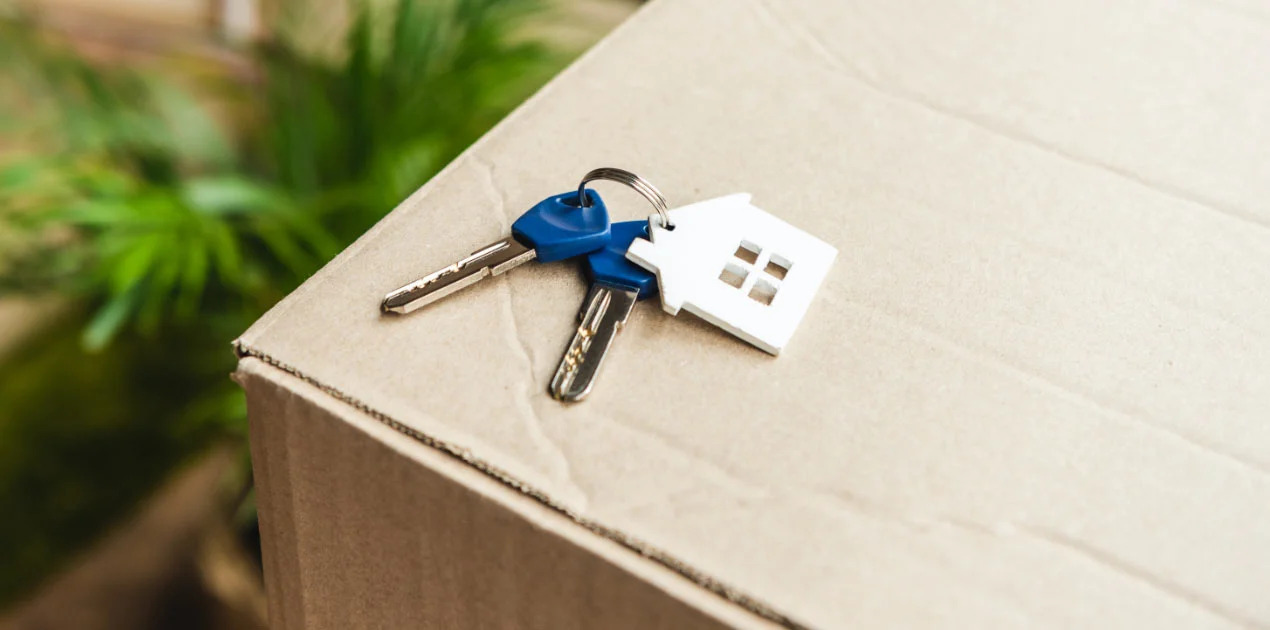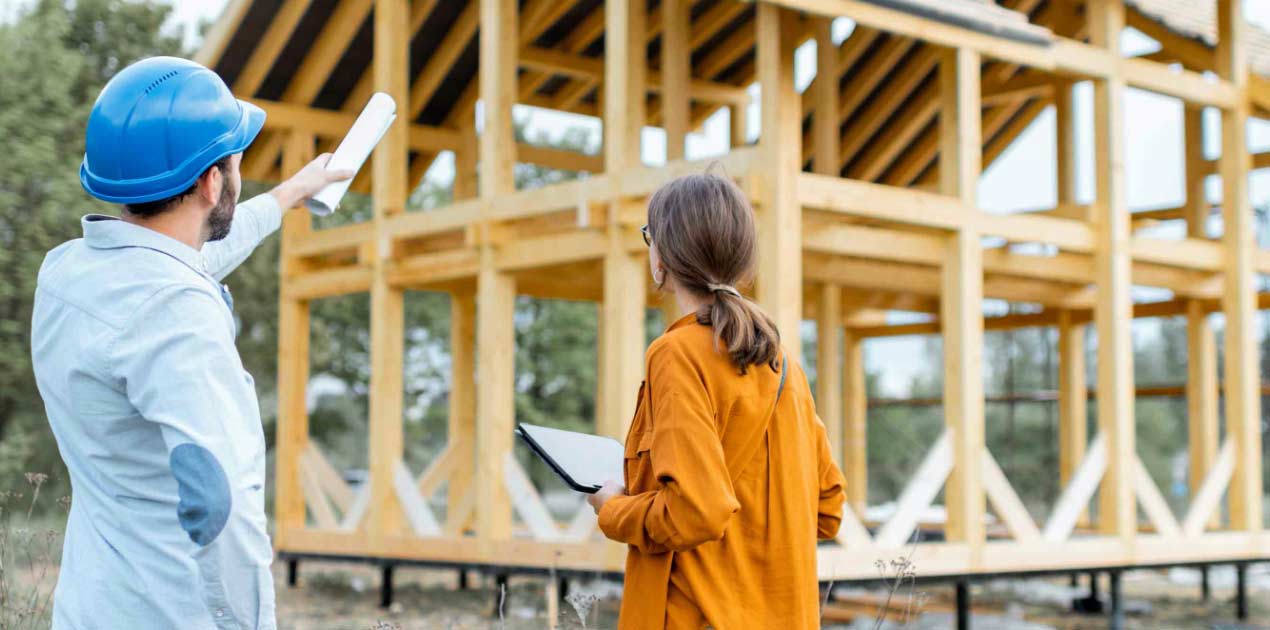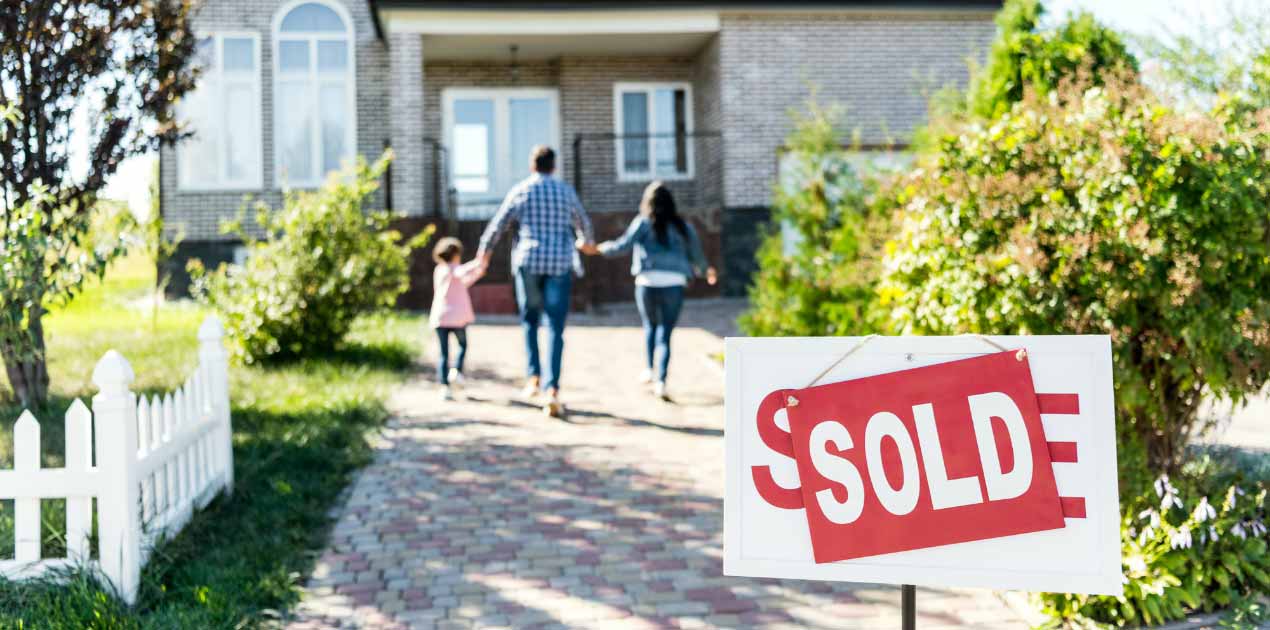Please use the menu below to navigate to any article section:
- And there is one type of market where losses are the largest
- Sydney suburbs where owners are selling at a loss
- Sydney suburbs where owners are selling at a loss
- Melbourne suburbs where owners are selling at a loss
- Melbourne suburbs where owners are selling at a loss
- Brisbane suburbs where owners are selling at a loss
- Brisbane suburbs where owners are selling at a loss
- A final note
As property prices fall across the country the number of sellers making a profit on their property sale continues to slide, with some suburbs and property types taking a downward trend quicker than others.
Recent CoreLogic data shows that the number of properties selling at a loss has increased sharpest in Sydney and Melbourne.
Which is unsurprising given these two major cities have suffered a steeper downturn from their peaks in 2020-21.
In Sydney, the number of properties sold at a loss in the June quarter increased 6.4%, and in Melbourne, that number increased by 5.3%, CoreLogic’s Pain and Gain report reveals.

Median property prices in Sydney have fallen by 1.8%, and in Melbourne, prices have fallen by 2.8% during the same period.
Even Brisbane, Australia’s most robust property market thanks to Queensland’s sharp intake of internal migrants in search of lifestyle suburbs and more affordable property, has begun recording loss-making sales during the same period, although at a smaller percentage.
And there is one type of market where losses are the largest
The majority of suburbs on each of the city’s lists have one thing in common: they have a large density of units.
The data suggest that high-density, city-fringe markets with cookie-cutter-style apartment buildings are leading the downturn, with the highest percentage of owners forced to sell at a loss.
In some areas, the number of properties selling at a loss is as high as one-in-five.
Why?
Loss of confidence and a desire for most space ignited by the pandemic.
Over the pandemic boom, homeowners have excited high-density areas in search of more space in the city fringe or even regional suburbs.
This sea- and tree-change shift, combined with the loss of confidence in high-rise apartment blocks thanks to high-profile cases where apartment units have suffered defects (think the Opal Tower cracking) has seen demand for units subside.
At the same time, an uptick in new apartment supply in many of these areas has left some sellers with no choice but to sell their units for less than what they paid.
Sydney suburbs where owners are selling at a loss
In the June quarter, 93.6% of property sales in Sydney made a nominal gain, down from 95.1% in the previous quarter.
Profit-making sales across Sydney had the highest median nominal gains of the capital city markets, at $400,000.
Profitability fell across both house and unit resales across Sydney but the decline was more substantial in the unit market, the report shows.
The rate of profit-making resales declined by 40 basis points in the quarter across houses to 98.5%, and by 240 basis points across units to 89.4%.
“A notable uplift in the rate of profit-making unit sales came from an increase in investment properties across the Sydney LGA, in suburbs such as Roseberry, Zetland, and Waterloo,” the report states.
The report also comments that the LGA regions of Ryde and Parramatta also had high concentrations of loss-making sales, also tied to the unit market.

Source: CoreLogic Pain & Gain report, June 2022 quarter
In Sydney, 21.2% of properties in the Ryde local government area sold at a loss during the June quarter, followed by Strathfield (19.6%), Parramatta (19.1%), Burwood (18.8%) and Botany Bay (13.3%).
Sydney suburbs where owners are selling at a loss
(Gross loss-making sales, June quarter 2022)
| LGAs | % of sales selling at a loss | Median loss |
| Ryde | 21.2% | -$35,000 |
| Strathfield | 19.6% | -$40,000 |
| Parramatta | 19.1% | -$35,140 |
| Burwood | 18.8% | -$32,000 |
| Botany Bay | 13.3% | -$56,000 |
Source: CoreLogic Pain & Gain report, June 2022 quarter
Melbourne suburbs where owners are selling at a loss
In Melbourne, 94.7% of suburbs achieved a nominal gain through the June quarter, down from 95.2% the previous quarter.
The median nominal gain for the quarter is $355,000.
Similarly to Sydney, both house and unit markets saw a decline in profitability, although declines were more concentrated in the unit market.
99.4% of Melbourne’s house sellers sold at a profit, versus 87.1% of unit owners.
Melbourne’s dwelling values have seen one of the steepest declines across the capital city markets in the face of interest rate rises, the report said.
Since a peak in February 2022, values have fallen 4.6% through to the end of August.
The rate of profit-making sales was particularly low across the Melbourne LGA, where 35.2% of resales made a nominal loss.
“As rates continue to rise, it is likely the rate of profit-making sales will continue to fall in coming quarters,” according to the report.

Source: CoreLogic Pain & Gain report, June 2022 quarter
In Melbourne, 35.2% of sales in the City of Melbourne were sold at a loss, followed by Stonnington (22.7%) and Yarra (14.7%).
The data shows that 13.4% of properties in Port Phillip and 12.4% of properties in Boroondara also sold at a loss over the quarter.
Melbourne suburbs where owners are selling at a loss
(Gross loss-making sales, June quarter 2022)
| LGAs | % of sales selling at a loss | Median loss |
| City of Melbourne | 35.2% | -$56,435 |
| Stonnington | 22.7% | -$70,550 |
| Yarra | 14.7% | -$38,000 |
| Port Phillip | 13.4% | -$34,000 |
| Boroondara | 12.4% | -$40,000 |
Source: CoreLogic Pain & Gain report, June 2022 quarter
Brisbane suburbs where owners are selling at a loss
In Brisbane, 95.4% of resales were sold at a profit, an increase from 94.7% in the previous quarter, for a median nominal gain of $265,000.
The data shows that Brisbane’s house resales experienced a slight decline in terms of the percentage of those sold for profit – falling 10 basis points to 99.2% during the 3 months to June.
And unlike Sydney and Melbourne markets, Brisbane’s unit market bucked the trend and actually saw a substantial lift in the number of sales making a profit during the quarter (by 220 basis points to 99.9%).
CoreLogic expects that given the strong uptick in Brisbane’s property prices, thanks to the surge in demand we discussed above, the level of profit-making sales will remain high for some time.

Source: CoreLogic Pain & Gain report, June 2022 quarter
Brisbane City saw the largest percentage of sales making a loss across the state, at 7.1%, followed by Ipswich which was 3.0% of sellers losing money on their property sale over the period.
Logan and Moreton Bay were the only two other LGAs with a number of loss-making sales higher than 1%, at 2.9% and 2.0% respectively.
Brisbane suburbs where owners are selling at a loss
(Gross loss-making sales, June quarter 2022)
| LGAs | % of sales selling at a loss | Median loss |
| Brisbane | 7.1% | -$32,000 |
| Ipswich | 3.0% | -$29,000 |
| Logan | 2.9% | -$20,000 |
| Moreton Bay | 2.0% | -$29,950 |
Source: CoreLogic Pain & Gain report, June 2022 quarter
A final note
While data such as this makes for interesting reading and might make for a tempting investment (knowing you could buy a property for less than it was just a quarter ago), it’s important to remember the fundamental rule of investment.
That is… you need to make sure to invest only in areas where properties hold their value over the long term.
But even before looking for the right location, make sure you have a Strategic Property Plan to steer you through the upcoming challenging times our property markets will encounter.

Because aside from remembering that you should focus your efforts on investment-grade properties and locations, you also need to remember that property investing is a process, not an event.
That means that things have to be done in the right order – and selecting the location and the right property in that location comes right at the end of the process.
And that’s because what makes a great investment property for me, is not likely to be the same as what would suit your investment needs.














